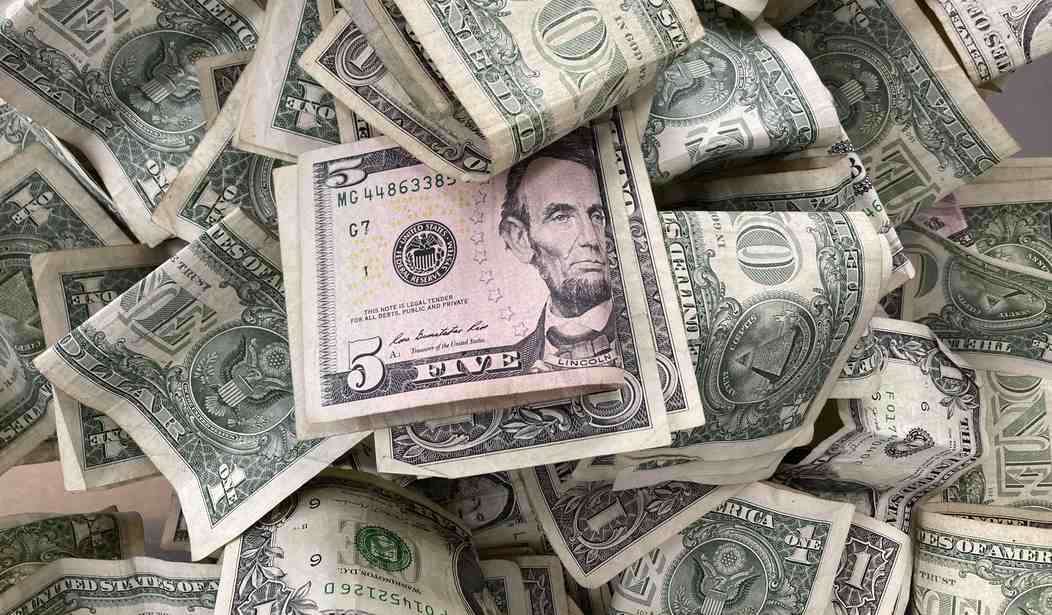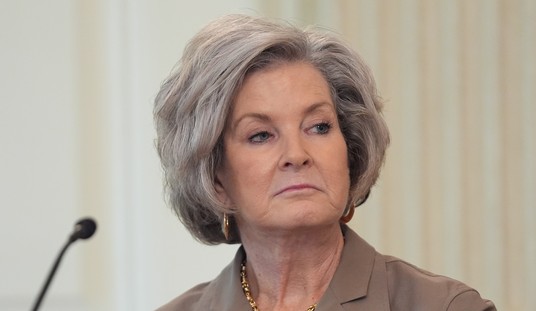The Bureau of Labor Statistics reports that prices rose 0.5% in December over November’s price increases as inflation continues unabated and out of control.
Over the entire year, inflation rose 7% — the most since Paul Volker and the Federal Reserve put the screws on the economy by jacking up interest rates to 16.3% to combat double-digit inflation. That year ended with inflation at 6.2% after topping out at 13.5% in 1979.
Where in 1980 America elected a president who promised to do whatever it took to get inflation under control, America in 2020 elected a president who has stumbled into his own inflationary spiral largely of his own making.
Steep increases in the cost of housing, and used cars and trucks, powered the overall rise in prices. Economists have been especially worried about rising home costs, since the cost of a new house or rent is often locked in through a long-term contract, and may not improve after the pandemic improves or supply chains clear up. Throughout the pandemic, used cars have consistently driven the cost of living higher, as a global shortage of microchips and high consumer demand for autos have sent prices to unprecedented highs.
The price of gasoline fell 0.5 in December after months of steep increases. White House officials have been hoping for such a turnaround following their moves over the past few months to lower prices at the pump, including releasing strategic oil reserves in November. Still, gas remains 49.6 percent more expensive than it was a year ago.
With great enthusiasm and glee, the Biden administration went about dismantling the coal and oil industries, all to please his green friends. Now, Biden is blaming the oil companies for making “excess profits” on whatever oil they can bring to market. Thankfully, it’s not working. The American people are blaming him anyway.
It seems inevitable that inflation will be a part of American life for the foreseeable future.
There’s no telling when prices will fall to more sustainable levels, and officials within the Fed and Biden administration expect high inflation will persist through much of 2022. That reality is pushing the Fed to make its strongest move yet to combat inflation, moving up the timeline for what could be as many as three interest rate increases starting as soon as March.
But those actions operate with a lag. In the meantime, Fed leaders must get ahead of consumers’ own inflation expectations, which can be somewhat self-fulfilling if people change their behavior now to avoid higher prices in the future.
In order to break inflationary expectations — a major driving force behind rising prices — the people have to have confidence that their leader is getting the situation under control. In 1982, President Ronald Reagan had a very bad midterm election, but less than two years later, his booming economy led to the biggest re-election victory in American history.
For Biden, it will be his party’s performance in the midterms that’s on the line. Even without the ruinous inflation, the Democrats were set up to have a bad year in 2022. Redistricting will give the GOP at least 8-10 seats in red states–and given the inordinately large number of retirements by Democrats who see the writing on the wall, Republicans should be able to steal another 3-4 seats in blue states.
But those gains were going to happen regardless of the inflation rate or the situation with the pandemic. A truly epic defeat could easily see those gains doubled or even tripled as happened in 2010, when Democrats lost more than 50 seats in the House largely due to Republicans successfully nationalizing the election by using Obamacare as the catalyst. This time, faith in Joe Biden’s ability to tame inflation and the pandemic and handle the growing competition with China, Russia, and Iran will largely tell the story of the 2022 midterms.










Join the conversation as a VIP Member